Ivana Tomljenović Meller - a Zagreb Girl at the Bauhaus
Exhibition project leader and expert adviser: Željka Kolveshi
Exhibition concept: Leila Mehulić
Exhibition design: Željko Kovačić
Poster design: Kuna Zlatica
 Ivana Tomljenović Meller belonged to the not very numerous group in the area of Yugoslavia that was a part of one of the most progressive phenomena of the 20th century – the Bauhaus school of architecture and fine craft.
Ivana Tomljenović Meller belonged to the not very numerous group in the area of Yugoslavia that was a part of one of the most progressive phenomena of the 20th century – the Bauhaus school of architecture and fine craft.
Bauhaus was an establishment that in the period from its founding in 1919 to its closure in 1933 laid the foundations for modern design. Alongside the revolutionary advances at the artistic level, just as important for Bauhaus is the fact that its students left it transformed people. No single school in modern history changed the worldviews of its pupils to such an extent.
It is hard to say whether Ivana Tomljenović, who never herself felt the need to put on a single exhibition, would have called herself an artist. She valued her outstanding sporting more than her artistic achievements. Nevertheless, the circumstance that most of all determined her life was in fact the art school in Dessau. From the moment she enrolled, in 1929, she internalised beliefs that, as they were for most of the Bauhaus students, were causatively related to her nomadic and adventurous destiny.
Not long before her death, seriously ill, Ivana Tomljenović Meller put together albums dedicated to important persons and events from her life and supplemented them with commentaries and illustrations. With no companion in life or children, aware of her impending death, she wrote out this sentimental autobiography in the hope that it would find readers. And at the end of her will she noted: “In these albums lies the whole of my life. And so I implore my heirs not to throw them away.” This life was not only picturesque, but clearly mirrored almost all the major social and political changes of the 20th century.
Leila Mehulić
A complementary portrait of Ivana Tomljenović Meller
Ivana Tomljenović Meller (1906 – 1988), a woman from Zagreb whose biography certainly stands out among ordinary phenomena or her artistic companions from Zagreb, took part in avant-garde art movements within her activities at the Bauhaus School in Dessau in 1929/1930. The owner of the photo albums that were used to reconstruct her fascinating life in the shape of an autobiographical collage journal, Mr. Marijan Hanžeković, decided to donate them to the Zagreb City Museum.
This is yet another example of cooperation between the Museum and citizens in the last several years. In good faith, the citizens have donated the legacies of those people whose actions have significantly marked the cultural and historical outlook of Zagreb. Therefore, the Museum takes this opportunity to thank Marijan Hanžeković for his deed of gift.
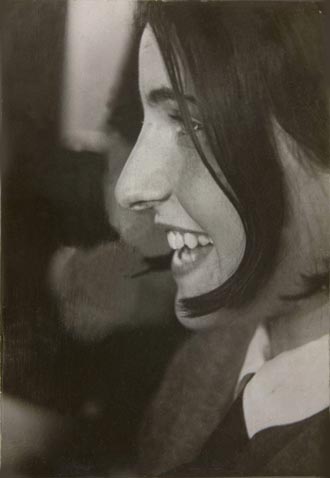 Ivana Tomljenović Meller’s albums represent an ensemble, her final work of art. The album pages depict iconic texts, a visual collage consisting of photographs and photograph fragments she took out or even cut out of her old albums, and fragments of text and pictures from popular culture, newspaper excerpts, advertisements, brochures, tickets, letters and other memorabilia. Creating an ideal visual model for a conceptual and pictorial concept, she told the story of her life retrospectively, recreating a biography created in her old albums and creating an autobiography with a new semantic content from the point of view of a person whose life is reaching its end. The content of these albums are an exact copy of the turbulent times within the changes in her own life context – personal, intimate, artistic and especially social.
Ivana Tomljenović Meller’s albums represent an ensemble, her final work of art. The album pages depict iconic texts, a visual collage consisting of photographs and photograph fragments she took out or even cut out of her old albums, and fragments of text and pictures from popular culture, newspaper excerpts, advertisements, brochures, tickets, letters and other memorabilia. Creating an ideal visual model for a conceptual and pictorial concept, she told the story of her life retrospectively, recreating a biography created in her old albums and creating an autobiography with a new semantic content from the point of view of a person whose life is reaching its end. The content of these albums are an exact copy of the turbulent times within the changes in her own life context – personal, intimate, artistic and especially social.
By attributing a meaning to a large number of people taken out of the old and placed into the new albums, she represented them as a complementary side to her own portrait: family, friends, lovers, the husband Alfred Meller. The years of extensive personality formation during her stay at the Bauhaus were marked by teachers Hannes Meyer, Josef Albers, Walter Peterhans, colleagues Naftali Rubinstein, Kurt Stolp, Otto Holz, (Char)Lotte Rothschild, as well as students and colleagues wherever she worked. Therefore, without them – her alter ego – the portrait of Ivana Tomljenović Meller would be incomplete.
The exhibition “Ivana Tomljenović Meller. A Zagreb girl at the Bauhaus” is a continuation of Zagreb City Museum’s exhibition project – a cycle entitled “Life Stories / Biographies as Mirror Image of Society” that presents authors from the margins of the historical art scene. Our belief is that many of the still unknown photographs by Ivana Tomljenović Meller, as well as research results interpreted and presented at this exhibition will contribute to the evaluation of her work and role in the creation of the Croatian avant-garde art.
Željka Kolveshi
A Zagreb Girl at the Bauhaus – the Bauhaus Exhibition
It is obvious that only one year of Bauhaus education left a deep trace in the turbulent life of Ivana Tomljenović Meller, therefore I also chose Bauhaus presentation techniques for my display of this exhibition about her.

“The inevitable path,” in the words of Heinz Löw, leads the visitors throughout the exhibition and prevents them from going astray.
The renowned Bauhaus professor Herbert Bayer and his design served as the best possible references for the display accents. Even before entering the exhibition space, there is an installation inspired by his design of the Newsstand from 1924, with an arrow directing us to the introductory display case containing albums whose lining was, again, inspired by Bayer’s Multimedia booth for the Regina Fair. In grey vertical orientation, just like the sign on the Dessau building, stands the name of Ivana Tomljenović Meller. Naturally, the typography used was Herbert Bayer’s universal font, used also for all the captions.
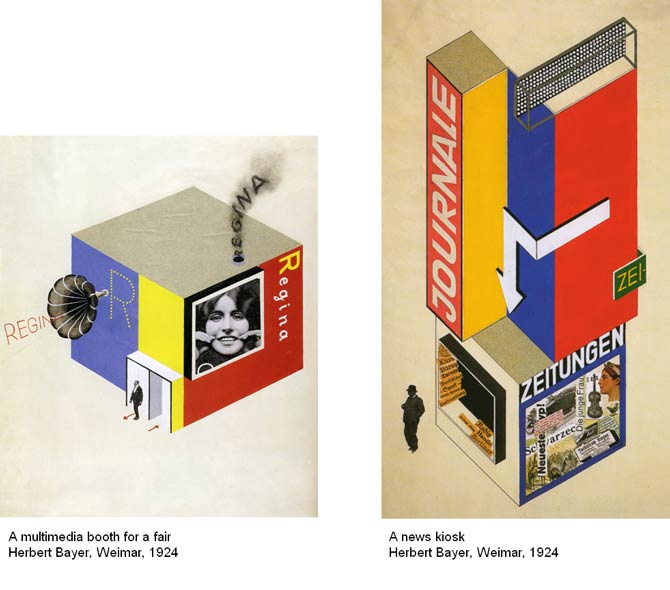
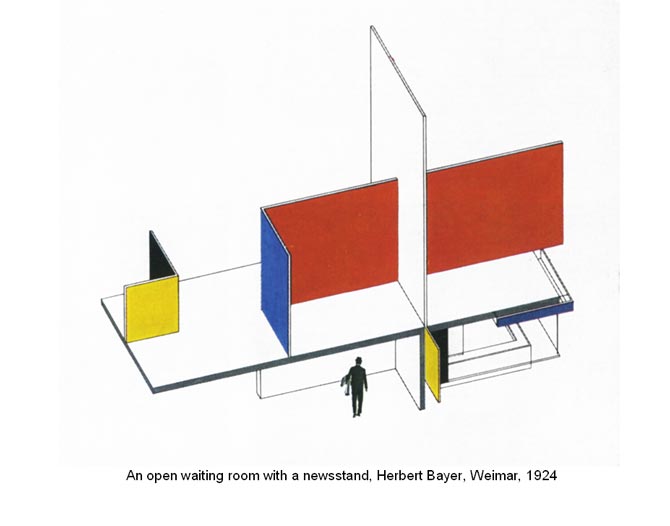
Introductory photographs for each chapter were designed as collages of the photographs of the city and Ivana Tomljenović Meller from that period, given that collage was the favourite Bauhaus technique.
Chapter 6, entitled Ivana Tomljenović Meller at the Bauhaus was processed according to Bayer’s display scheme for Werkbund’s exhibition in Paris in 1930 with free-floating photographs scattered according to the visitors’ point of view.

An urban design vision of Prague, a drawing by Ivana Tomljenović Meller from 1933/1934, originating from Sant’Elia’s futurist visions and uncannily resembling the Bauhaus professor Ludwig Hilberseimer’s vision Vertical City from 1924 (information provided by Tihomir Jurić), and its profound perspective and plans provided a possibility for layering, accompanied by light effects, which she also used with her husband Alfred Meller in their lumino-kinetic window displays in Prague.
And not to dedicate the entire space to the inspiration by Herbert Bayer’s work, the engraved hearts from Chapter 3 (First Loves) are a tribute to another Bauhaus professor, Oskar Schlemmer and his eroticised figurines.
Željko Kovačić
Pictures from the exhibition






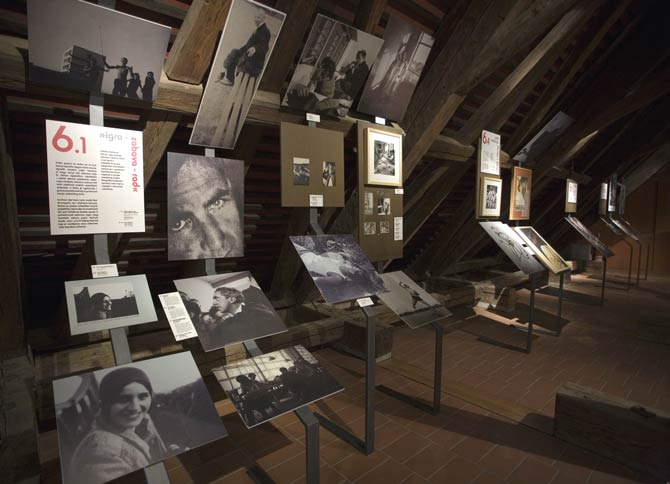


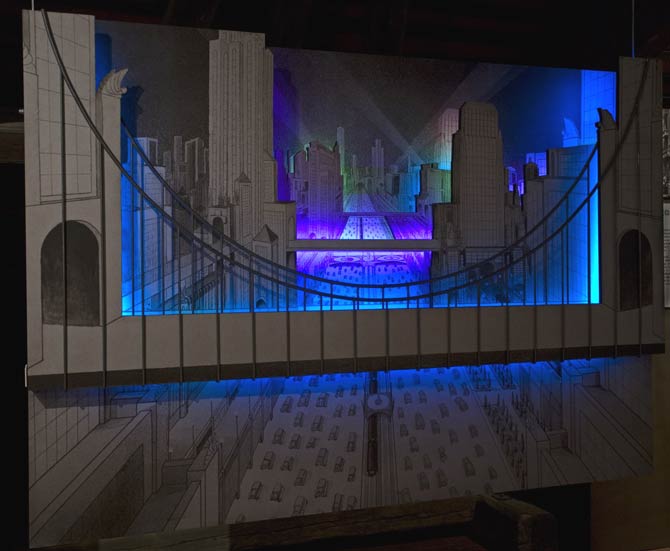



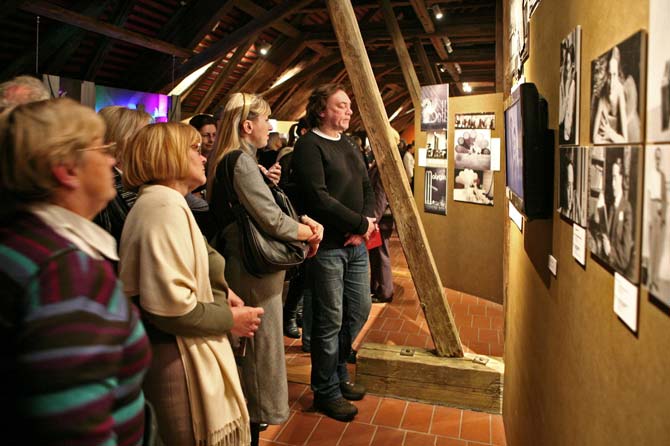
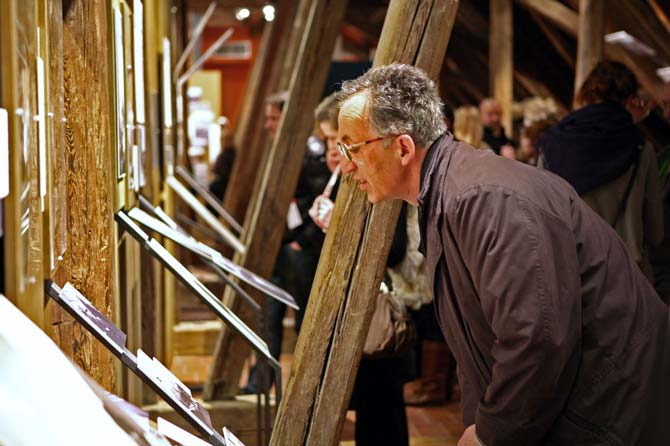
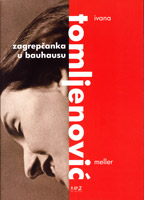 Exhibition catalogue
Exhibition catalogue
Mehulić, Leila. Ivana Tomljenović Meller : a Zagreb Girl at the Bauhaus.
Zagreb : Zagreb City Museum, 2010

